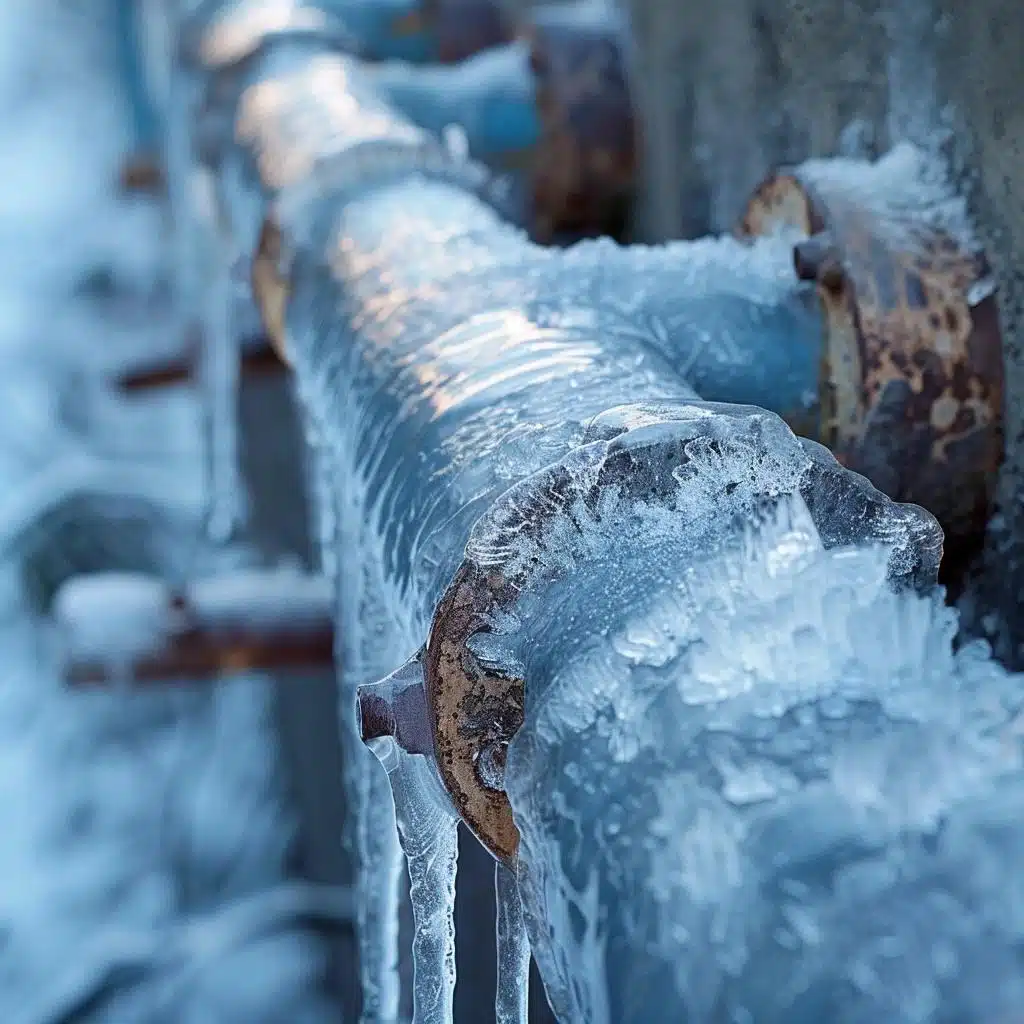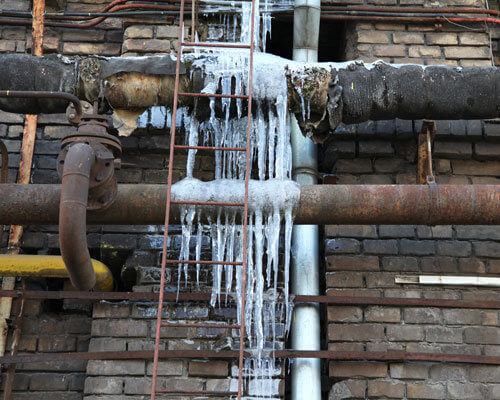Have you been looking for help and advice on Winter Plumbing Precautions: Preventing Frozen Pipes?

Winter can wreak havoc on your pipes, especially by freezing pipes. Here's just how to prevent it from taking place and what to do if it does.
Introduction
As temperature levels decrease, the risk of frozen pipelines boosts, potentially causing costly repair work and water damages. Comprehending how to stop icy pipelines is crucial for home owners in cold environments.
Understanding Icy Pipes
What creates pipes to freeze?
Pipelines freeze when revealed to temperatures listed below 32 ° F (0 ° C) for extended durations. As water inside the pipelines freezes, it increases, putting pressure on the pipe wall surfaces and potentially triggering them to break.
Threats and problems
Icy pipes can cause water supply disruptions, residential or commercial property damages, and pricey fixings. Ruptured pipes can flood homes and cause extensive architectural damage.
Signs of Frozen Pipes
Recognizing frozen pipes early can stop them from rupturing.
Exactly how to identify icy pipes
Seek reduced water circulation from faucets, uncommon odors or sounds from pipes, and visible frost on subjected pipelines.
Prevention Tips
Shielding susceptible pipelines
Cover pipes in insulation sleeves or use warmth tape to protect them from freezing temperature levels. Focus on pipes in unheated or external locations of the home.
Heating methods
Maintain indoor rooms sufficiently warmed, particularly areas with pipes. Open up cupboard doors to enable cozy air to distribute around pipelines under sinks.
Securing Outdoor Pipes
Garden pipes and outside taps
Disconnect and drain pipes garden pipes before wintertime. Mount frost-proof spigots or cover outside taps with insulated caps.
What to Do If Your Pipelines Freeze
Immediate actions to take
If you believe frozen pipelines, maintain faucets available to alleviate pressure as the ice melts. Make use of a hairdryer or towels taken in hot water to thaw pipes slowly.
Long-Term Solutions
Structural modifications
Take into consideration rerouting pipes far from outside wall surfaces or unheated areas. Add additional insulation to attic rooms, basements, and crawl spaces.
Upgrading insulation
Purchase high-grade insulation for pipes, attics, and walls. Appropriate insulation assists preserve regular temperature levels and decreases the danger of frozen pipes.
Final thought
Stopping icy pipelines needs positive steps and quick reactions. By recognizing the reasons, indications, and preventive measures, property owners can protect their plumbing throughout winter.
6 Proven Ways to Prevent Frozen Pipes and Protect Your Home
Disconnect and Drain Garden Hoses
Before winter arrives, start by disconnecting your garden hoses and draining any remaining water. Close the shut-off valves that supply outdoor hose bibs and leave the outdoor faucet open to allow any residual water to drain. For extra protection, consider using faucet covers throughout the colder months. It’s also important to drain water from any sprinkler supply lines following the manufacturer’s directions.
Insulate Exposed Pipes
Insulating your pipes is an effective way to prevent freezing. Pipe insulation is readily available at home improvement stores and is relatively inexpensive. Pay close attention to pipes in unheated areas such as the attic, basement, crawl spaces, or garage. Apply foam insulation generously to create a buffer against the cold. You can also wrap your pipes in heat tape or thermostat-controlled heat cables for added warmth.
Seal Air Leaks
Inspect your home for any cracks or openings that could let in cold air. Seal any holes around the piping in interior or exterior walls, as well as the sill plates where your home rests on its foundation. Additionally, make sure to keep your garage door closed unless you’re entering or exiting. Leaving it open creates a significant air leak that can lead to frozen pipes.
Allow Warm Air Circulation
During cold snaps, it’s essential to allow warm air to circulate evenly throughout your home. Leave interior doors ajar to promote better airflow. Open kitchen and bathroom cabinets to help distribute heat consistently around the rooms. If you have small children or pets, be sure to remove any household chemicals or potentially harmful cleaners from open cabinets for safety.
Let Faucets Drip
A small trickle of water can make a big difference in preventing ice formation inside your pipes. When temperatures drop significantly, start a drip of water from all faucets served by exposed pipes. This continuous flow helps prevent the water from freezing. Additionally, running a few faucets slightly can relieve pressure inside the pipes, reducing the chances of a rupture if the water inside does freeze.
https://choateshvac.com/6-proven-ways-to-prevent-frozen-pipes-and-protect-your-home/

Do you like reading up on Prevent Frozen Pipes ? Write a remark directly below. We would be glad to know your responses about this blog posting. We hope that you come back again in the future. Be sure to set aside a second to promote this blog if you appreciated it. Thank you so much for your time invested reading it.
Visit Page